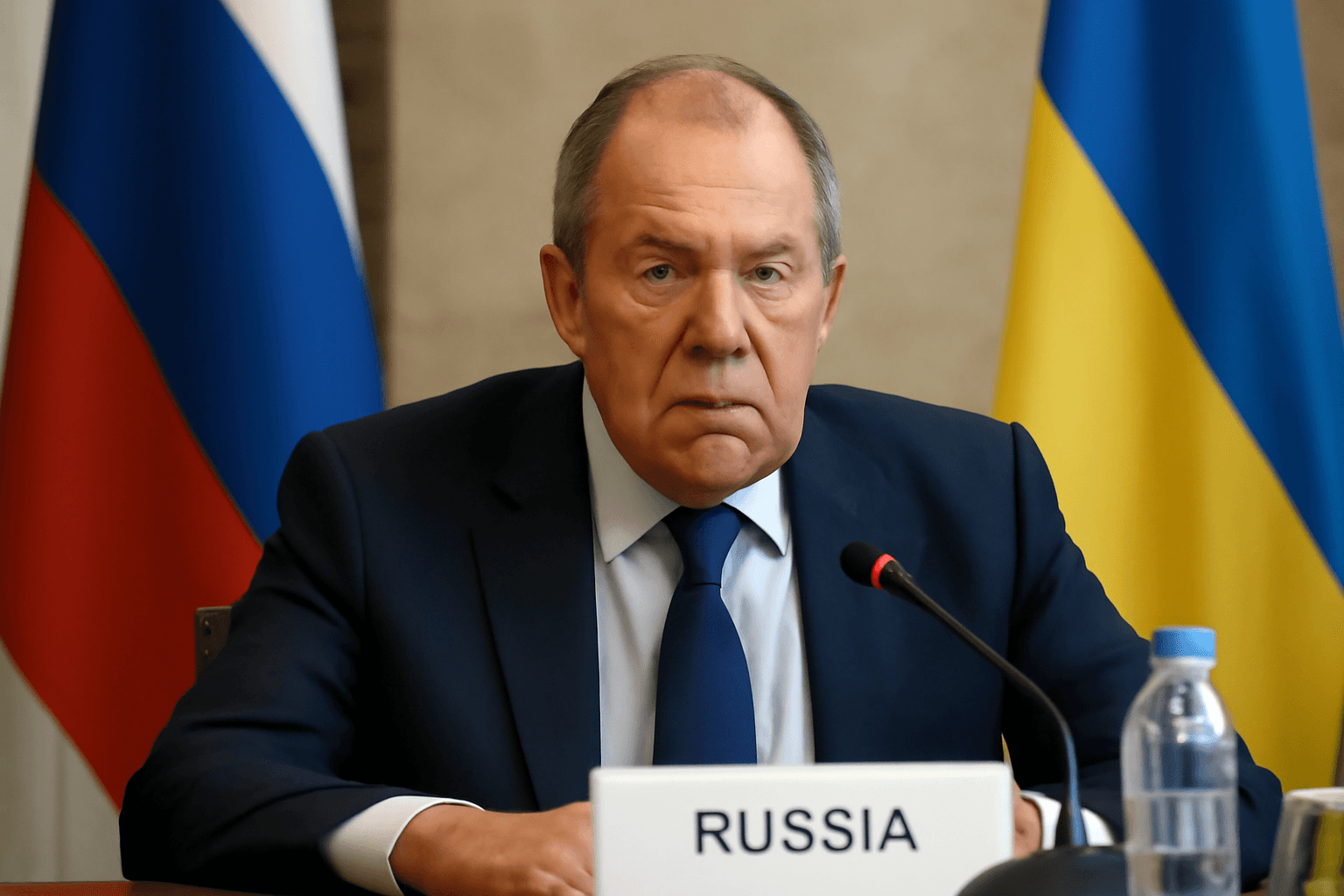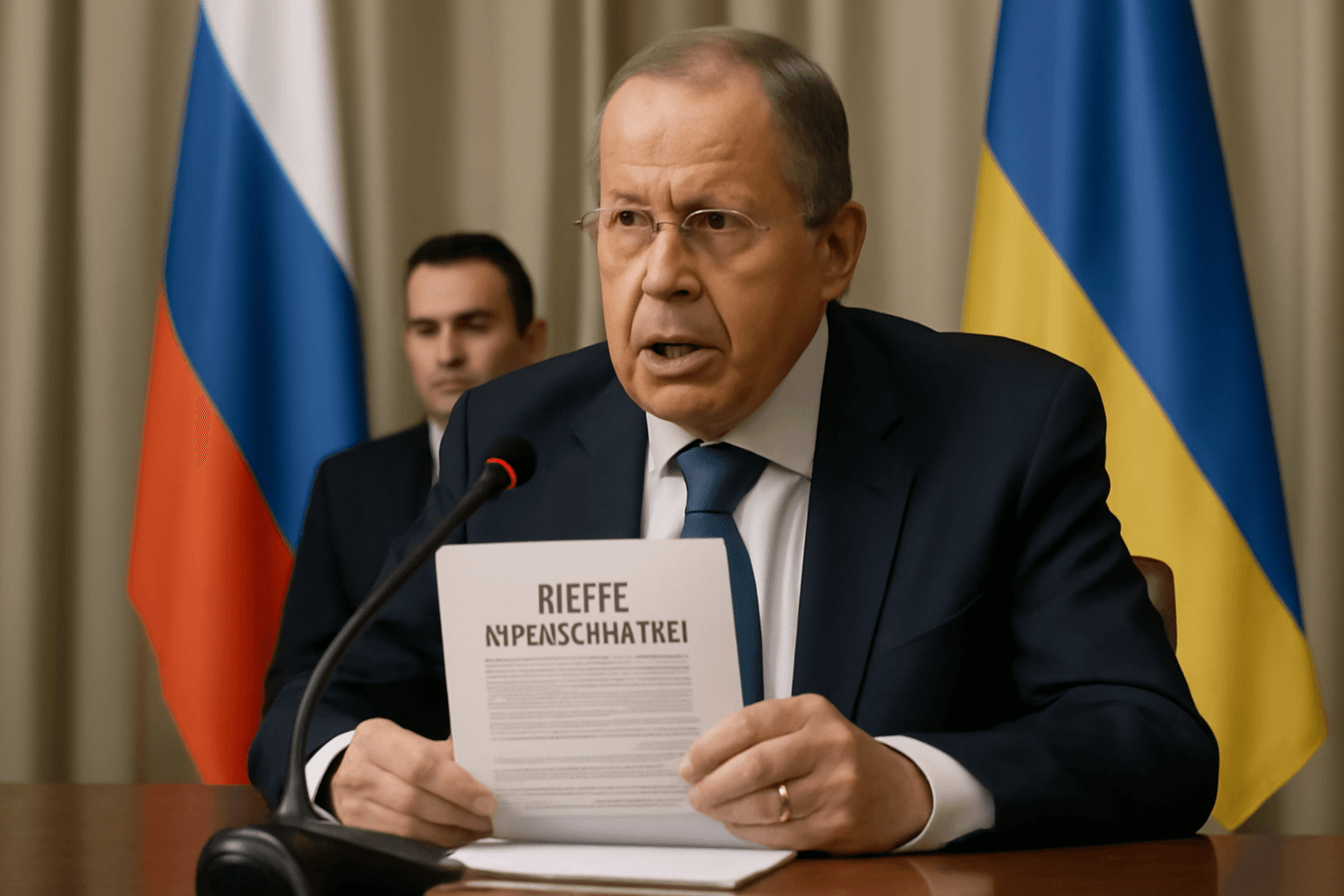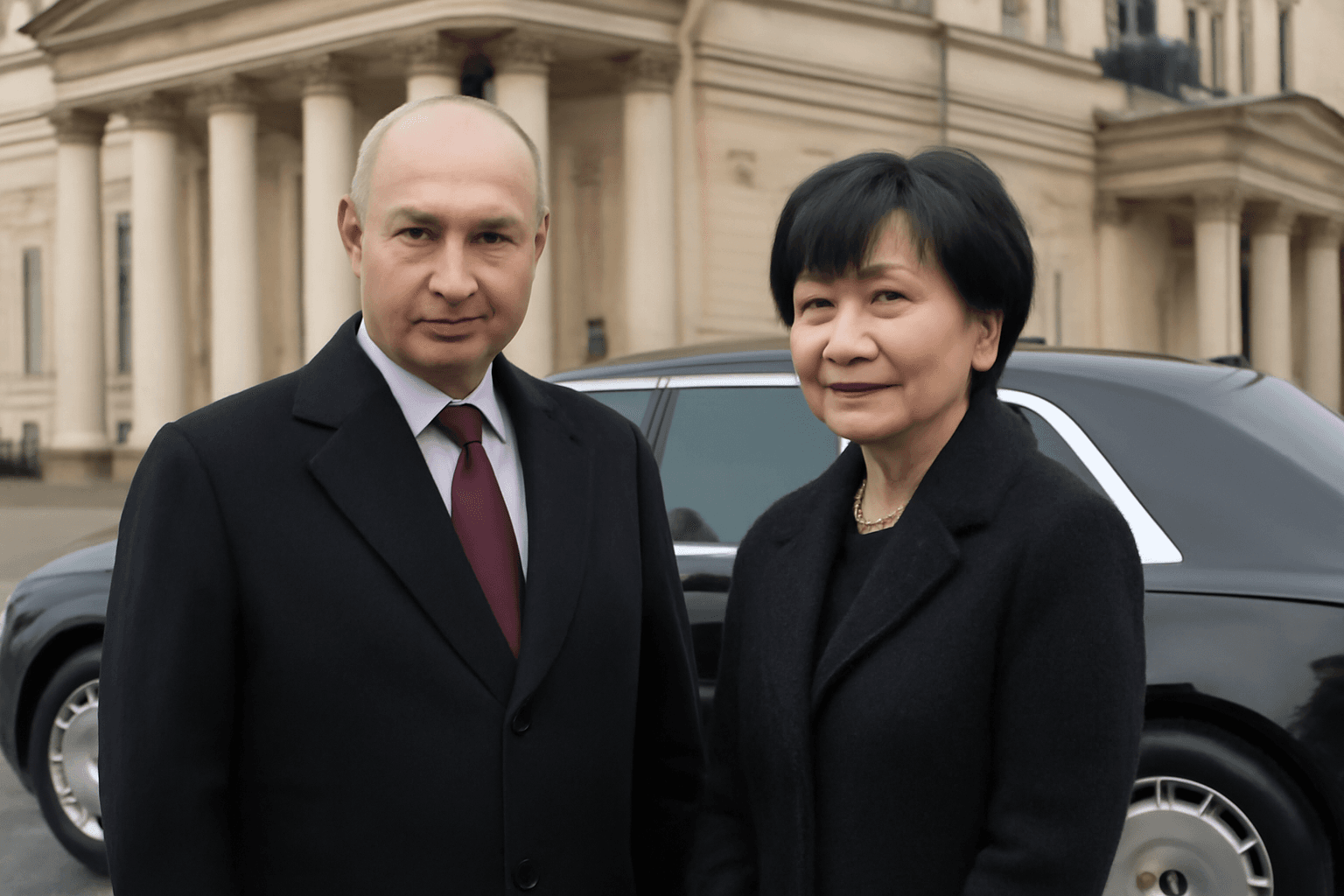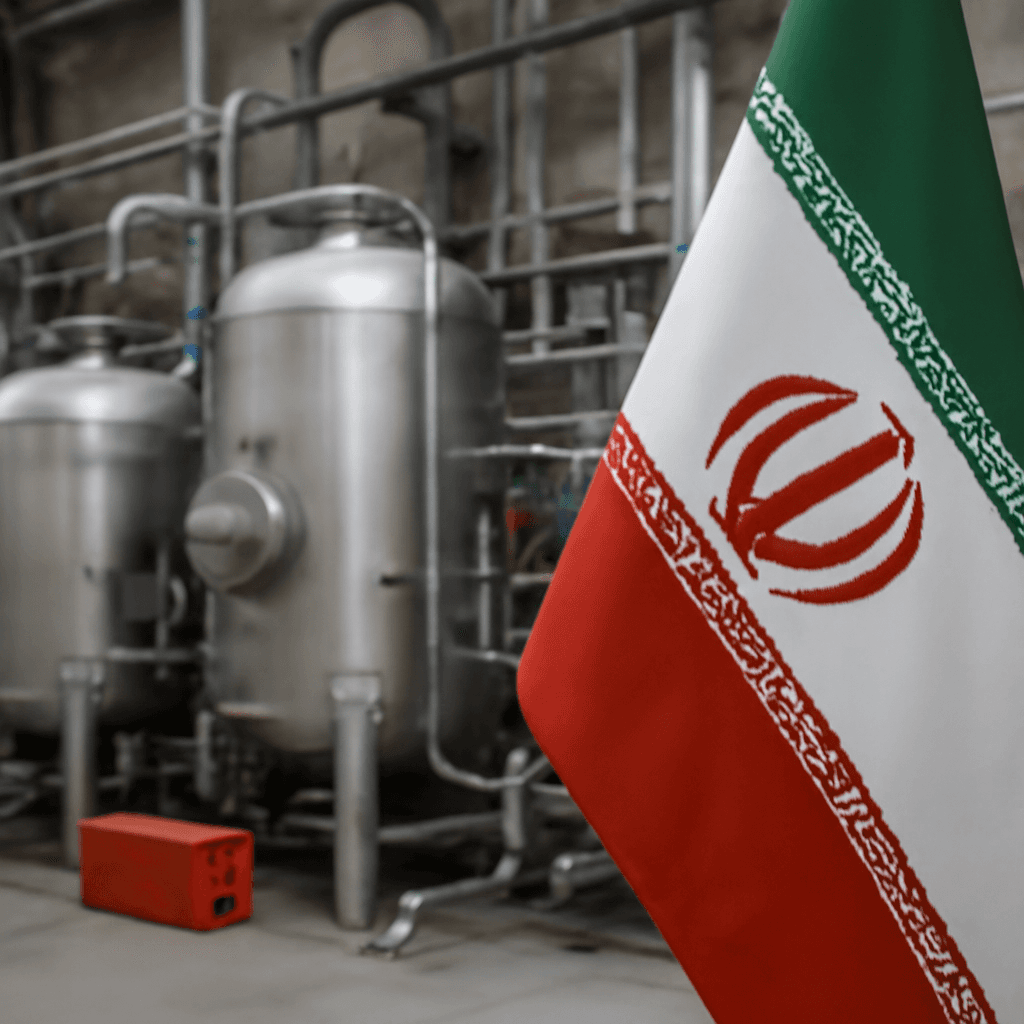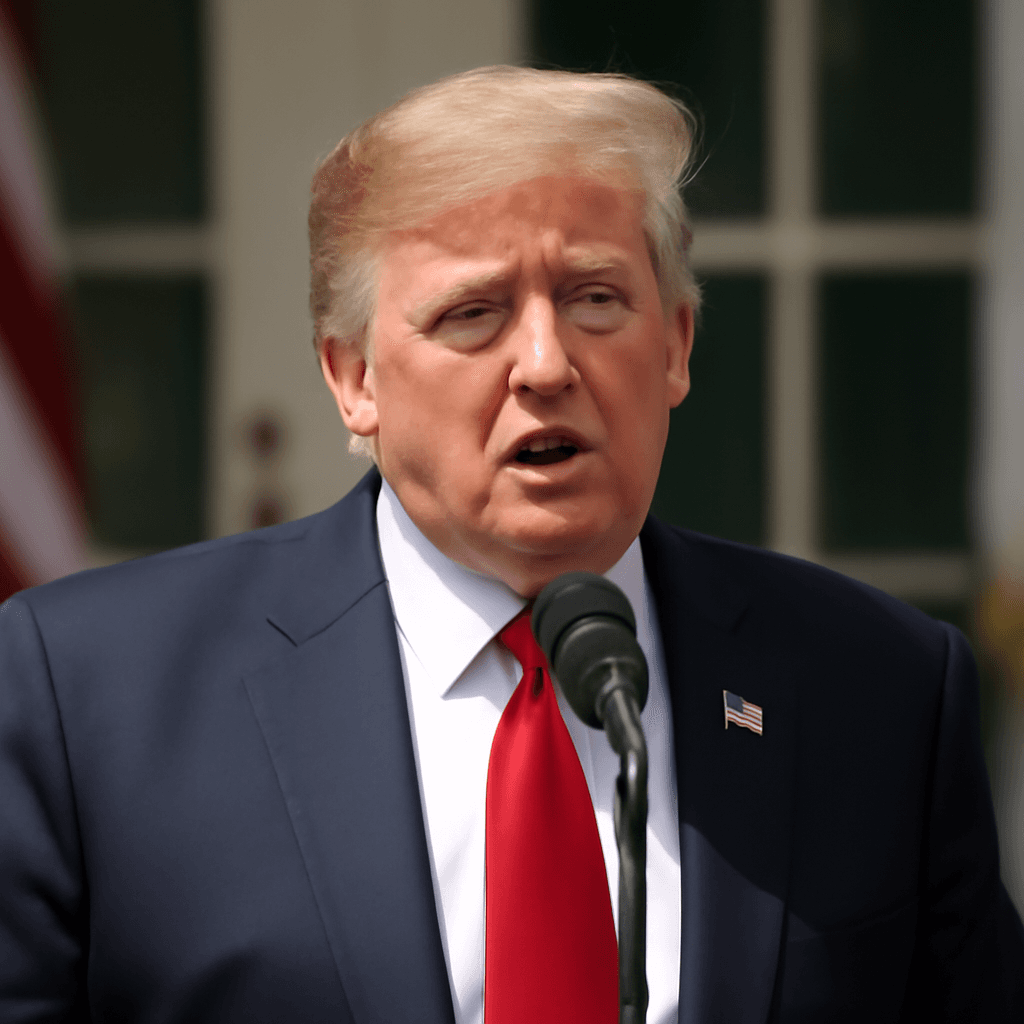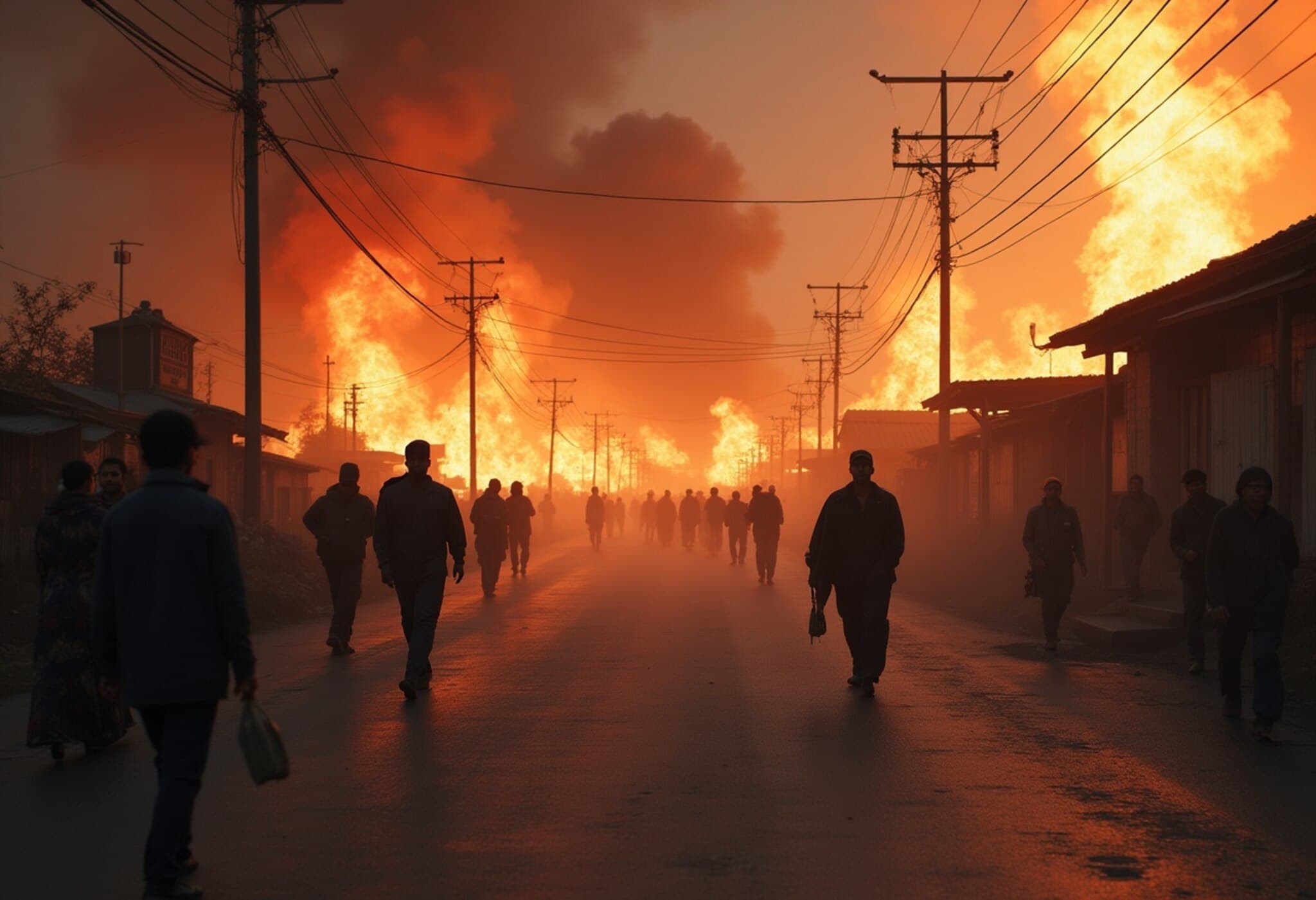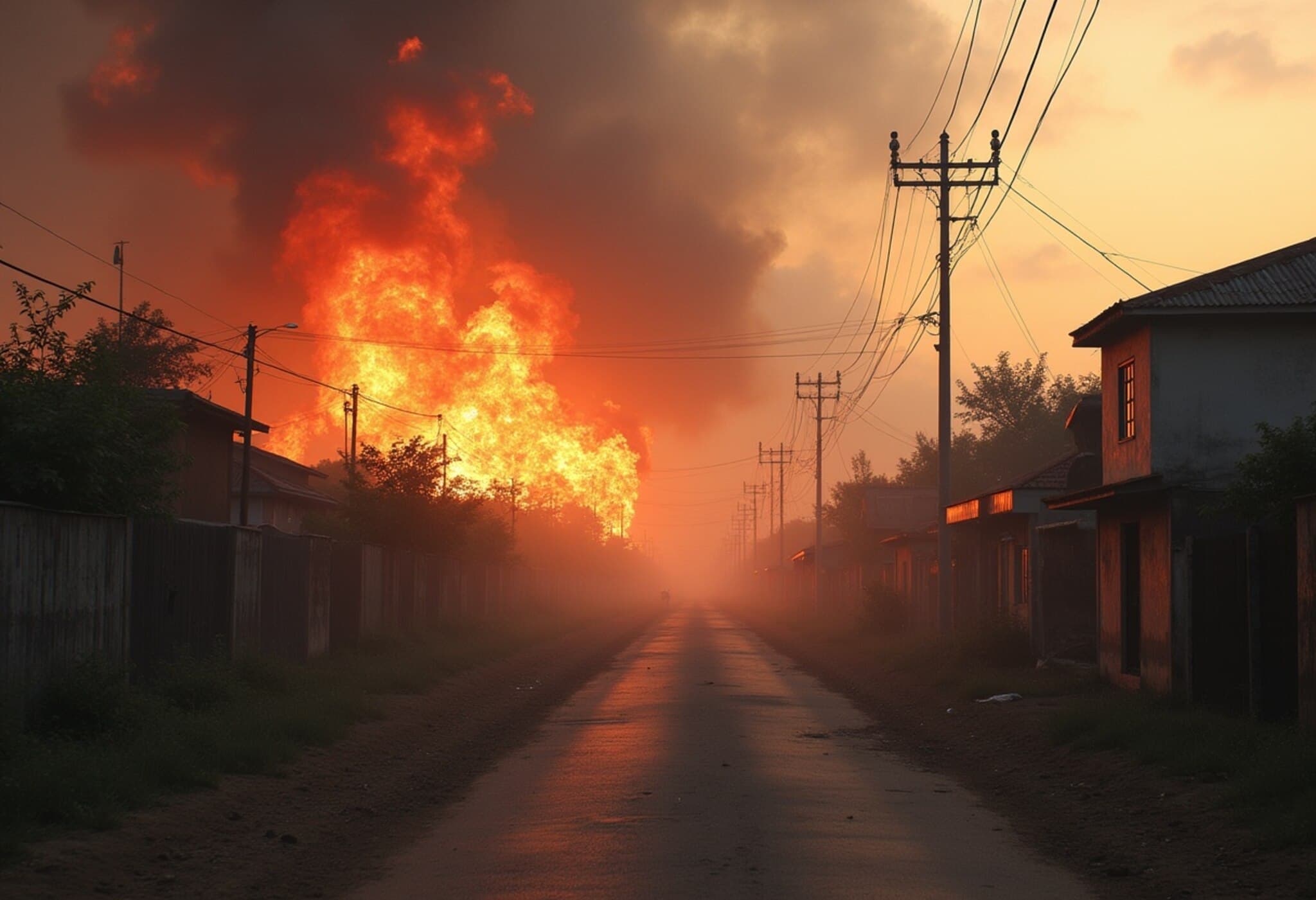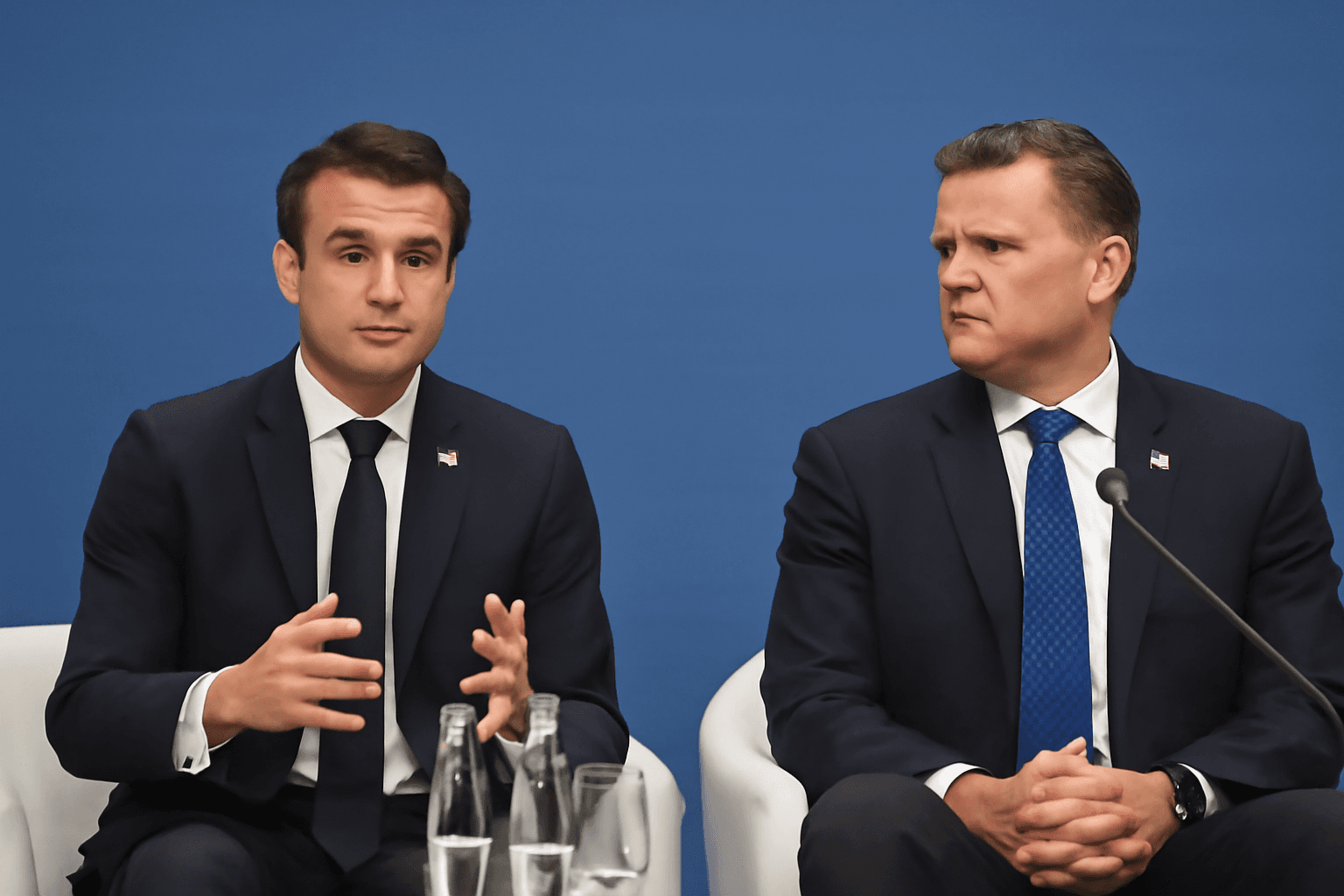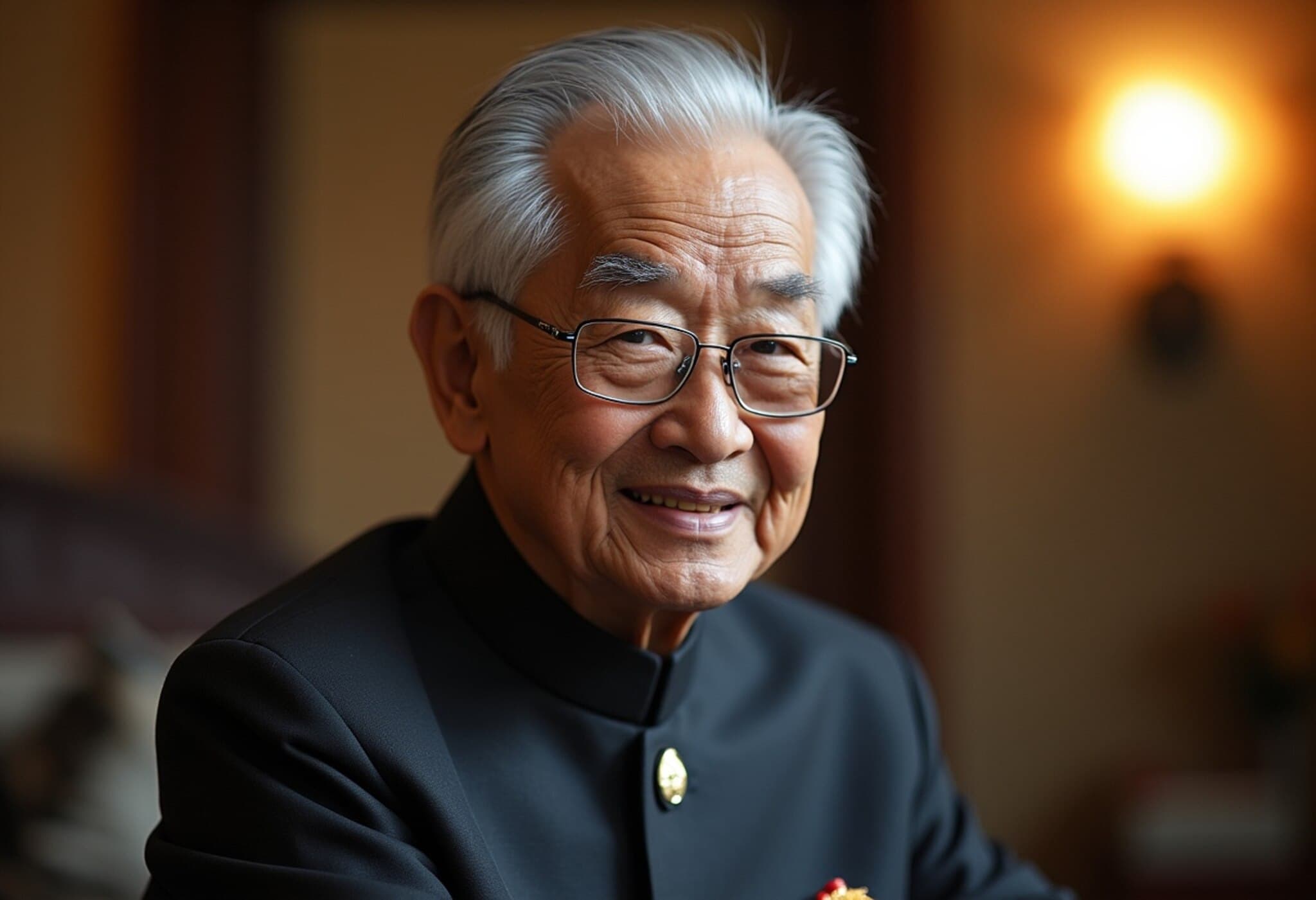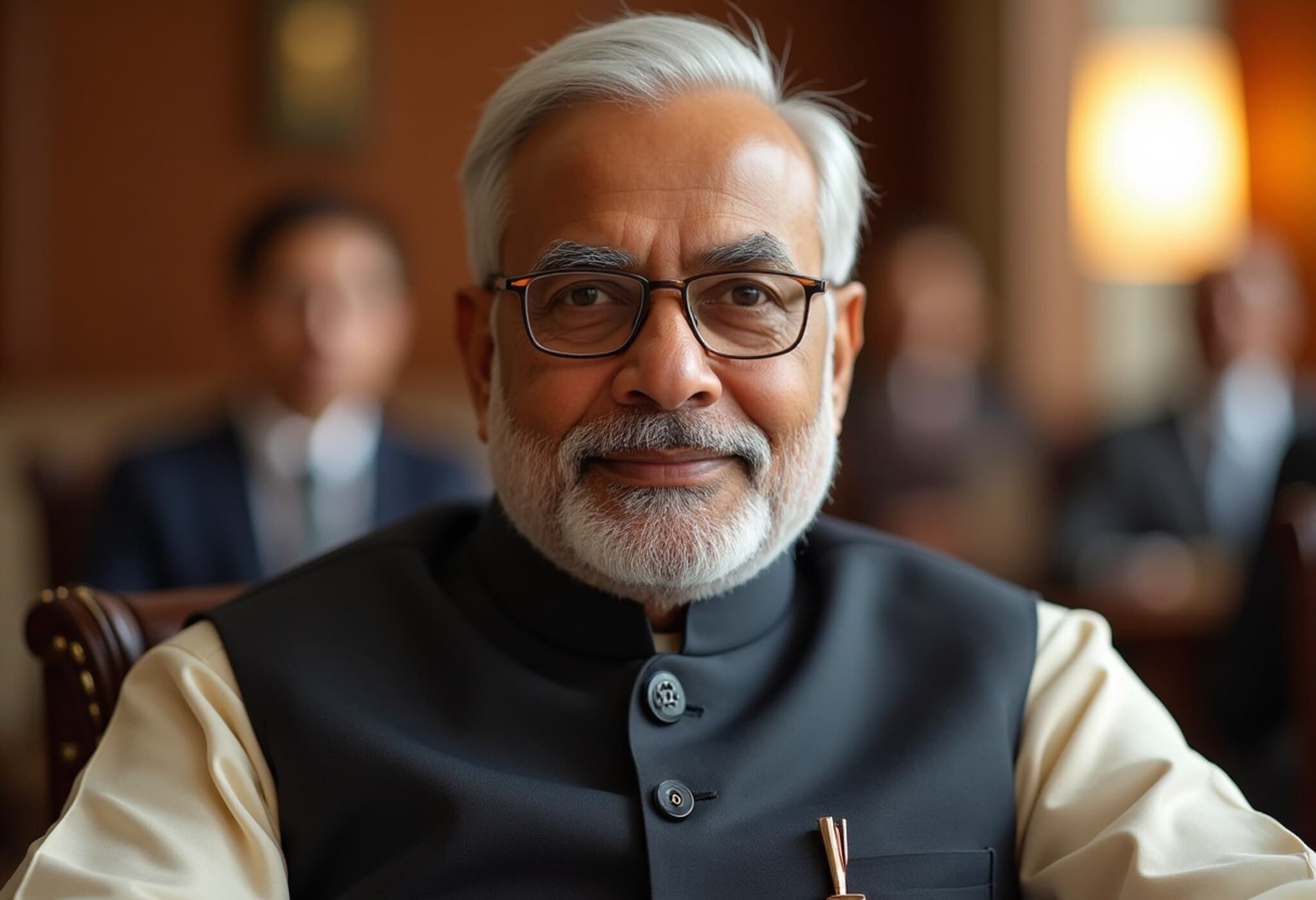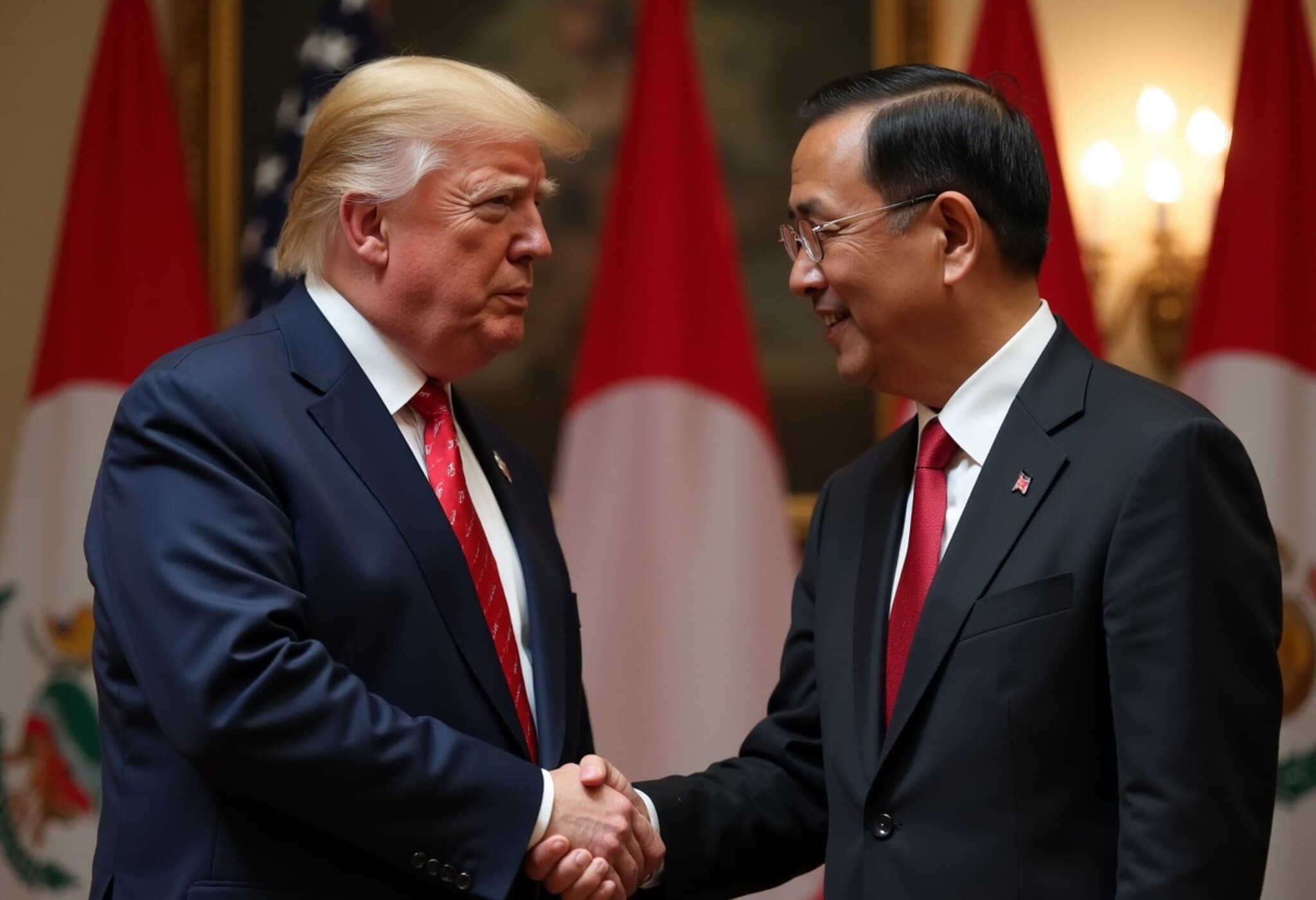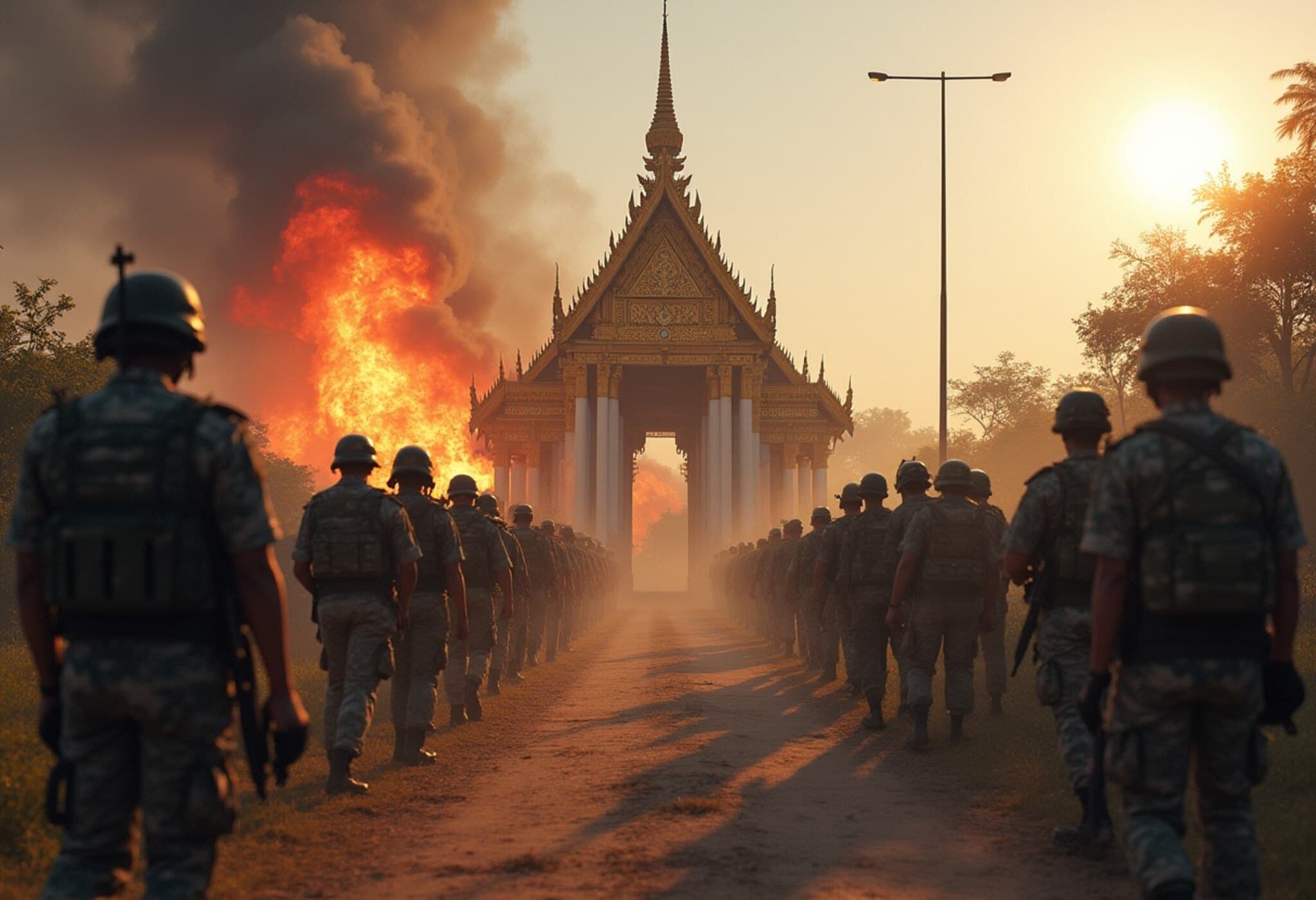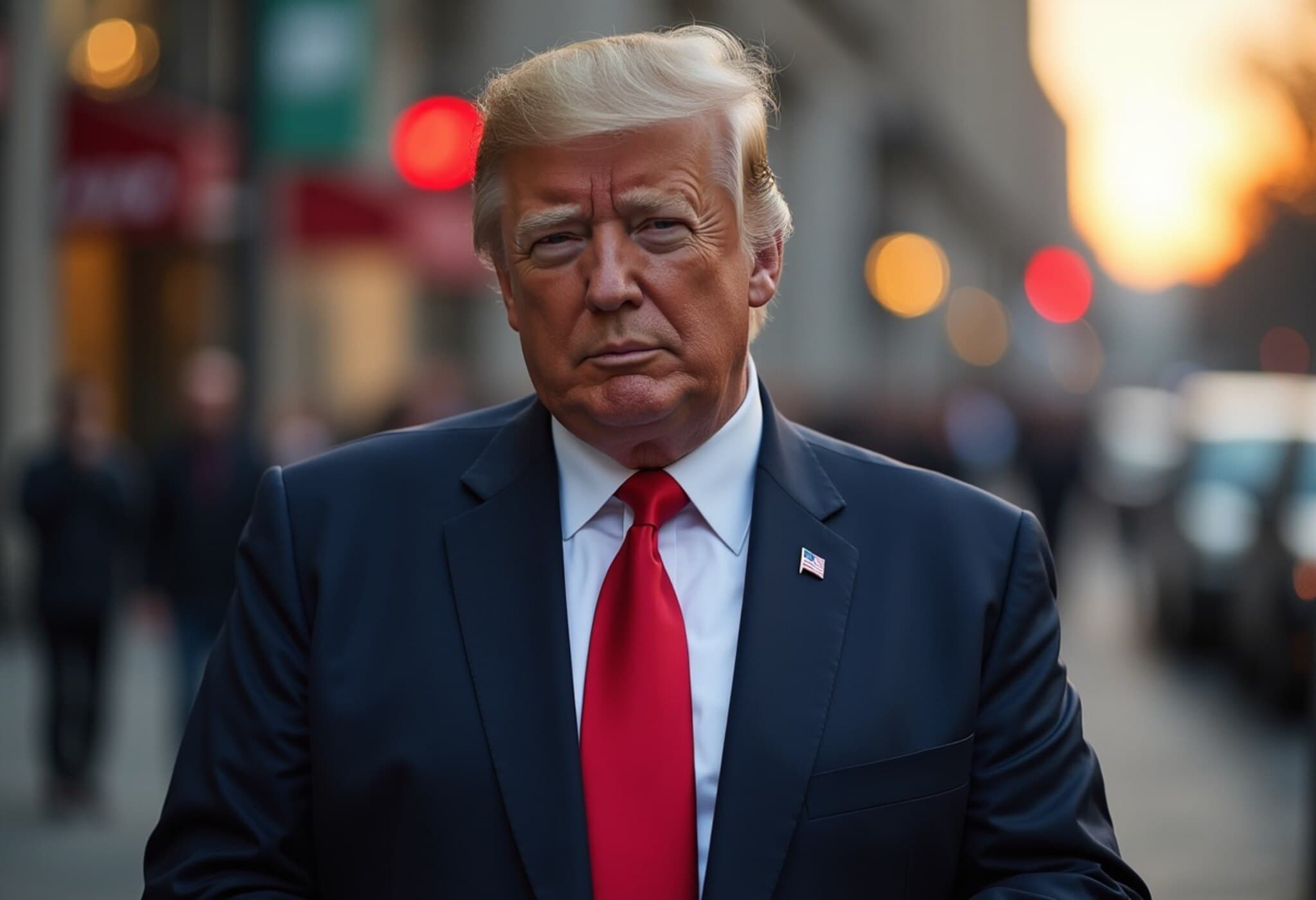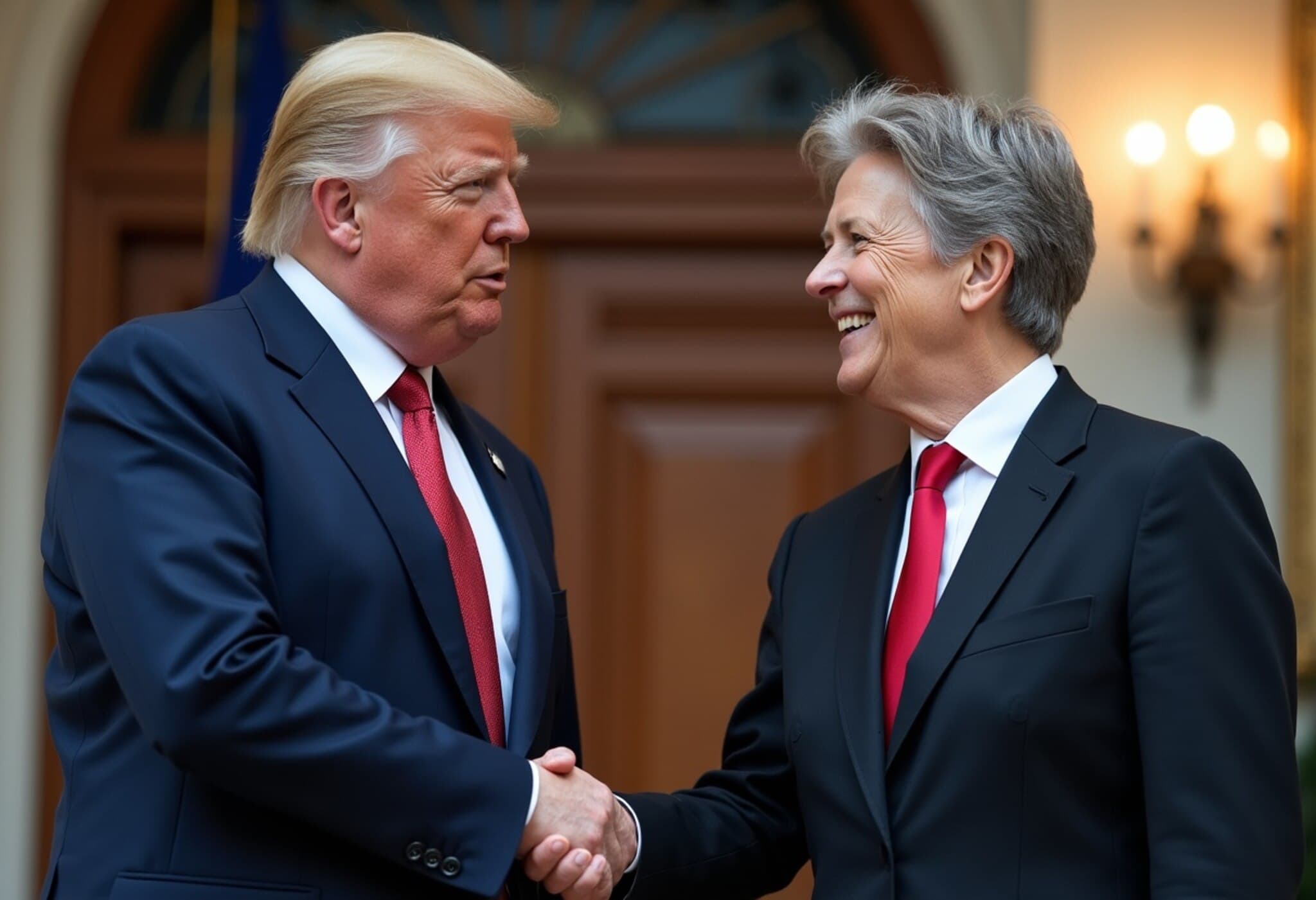Trump Connects Trade Negotiations to Peace Efforts Between Thailand and Cambodia
On July 27, 2025, U.S. President Donald Trump publicly expressed optimism that Thailand and Cambodia are moving closer to settling their long-standing border conflict. Speaking from Turnberry, Scotland, ahead of his meeting with European Commission President Ursula von der Leyen, Trump stated he believes the leaders of both countries are now eager to resolve tensions. His renewed pressure was clear: trade agreements with the U.S. hinge on ending hostilities.
Trade as a Lever for Peace
President Trump revealed he personally conveyed to the prime ministers of Thailand and Cambodia that Washington would withhold trade deals unless the fight at their contested border ceased. “I spoke to both prime ministers, and by the time I got off the call, I think they want to settle now,” Trump said. This tactic highlights a growing trend in international diplomacy where economic incentives are tightly linked to conflict resolution.
Background: The Escalating Border Conflict
The renewed violence along the 800-kilometer Thailand-Cambodia border erupted sharply on Thursday after a landmine explosion injured five Thai soldiers. Both countries accuse each other of initiating the confrontation. In response, diplomatic ties have frayed further, with ambassadors recalled and border crossings closed by Thailand.
- Casualties: Thailand has reported 21 deaths, mainly civilians; Cambodia confirms 13 fatalities.
- Displacements: More than 131,000 people displaced in Thailand; over 37,000 Cambodians forced to flee border provinces.
- Humanitarian Impact: Many border villages abandoned; schools and hospitals shuttered.
International and Regional Responses
The United Nations Security Council has urged the Association of Southeast Asian Nations (ASEAN) to mediate urgently to end the conflict. Meanwhile, Human Rights Watch has condemned reports of cluster munitions being used in civilian-populated regions — weapons banned under international law. The organization called for immediate measures to safeguard non-combatants.
Historical Context and Stakes Ahead
The Thailand-Cambodia border has been a source of tension for decades, often flaring up but usually managed before escalating. The current crisis is one of the most severe since a deadly clash in May that resulted in a Cambodian soldier's death, further fraying diplomatic relations. Beyond the immediate human toll, the conflict threatens regional stability and disrupts the interconnected economies of ASEAN.
Using trade agreements as a diplomatic tool, as Trump proposes, introduces a potent but complex lever. While economic incentives can motivate peace, they also risk entrenching divisions if not carefully calibrated to respect sovereignty and regional dynamics.
Expert Analysis: The U.S. Role and Regional Implications
From a U.S. foreign policy perspective, linking trade to peace talks underscores Washington’s strategic interest in fostering stability in Southeast Asia amid growing Chinese influence. However, experts caution that the U.S. must balance pressure with diplomatic engagement to avoid exacerbating nationalist sentiments in both countries.
Moreover, ASEAN’s role is pivotal as a regional actor familiar with the nuances of local politics and history. Successful mediation will require not just urging ceasefires but tangible mechanisms for border dispute resolution and humanitarian assistance.
Looking Forward: What Lies Ahead for Thailand and Cambodia?
The immediate months will be critical. Observers hope the scheduled talks between officials from both nations will lead to concrete agreements that halt violence and pave the way for lasting peace. Equally important is rebuilding trust with communities ravaged by conflict, providing relief for displaced families, and reopening vital infrastructure.
As these developments unfold, the international community watches keenly, aware that beyond diplomacy and economics, human lives hang in the balance.
Editor's Note
This unfolding situation between Thailand and Cambodia illustrates the intricate interplay between diplomacy, trade, and regional security in Southeast Asia. President Trump’s approach of tying trade benefits to peace efforts spotlights a broader debate: Can economic leverage effectively transform deep-rooted conflicts without unintended consequences? As ASEAN steps forward to mediate, questions about balancing sovereignty, human rights, and regional stability remain at the forefront. The coming talks could either mark a turning point toward reconciliation or signal prolonged strife, underscoring the delicate stakes involved.


